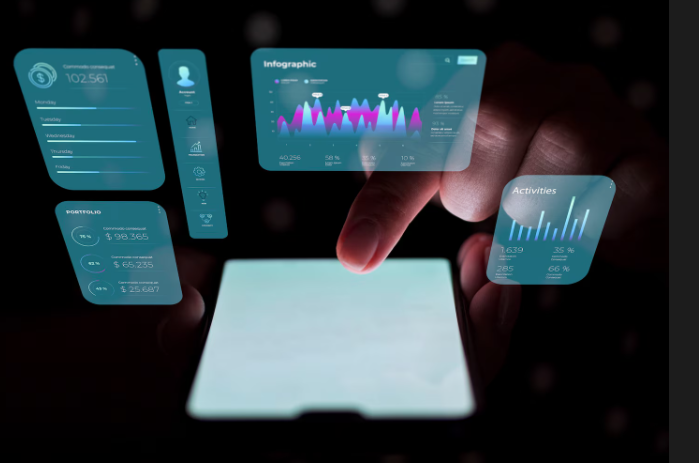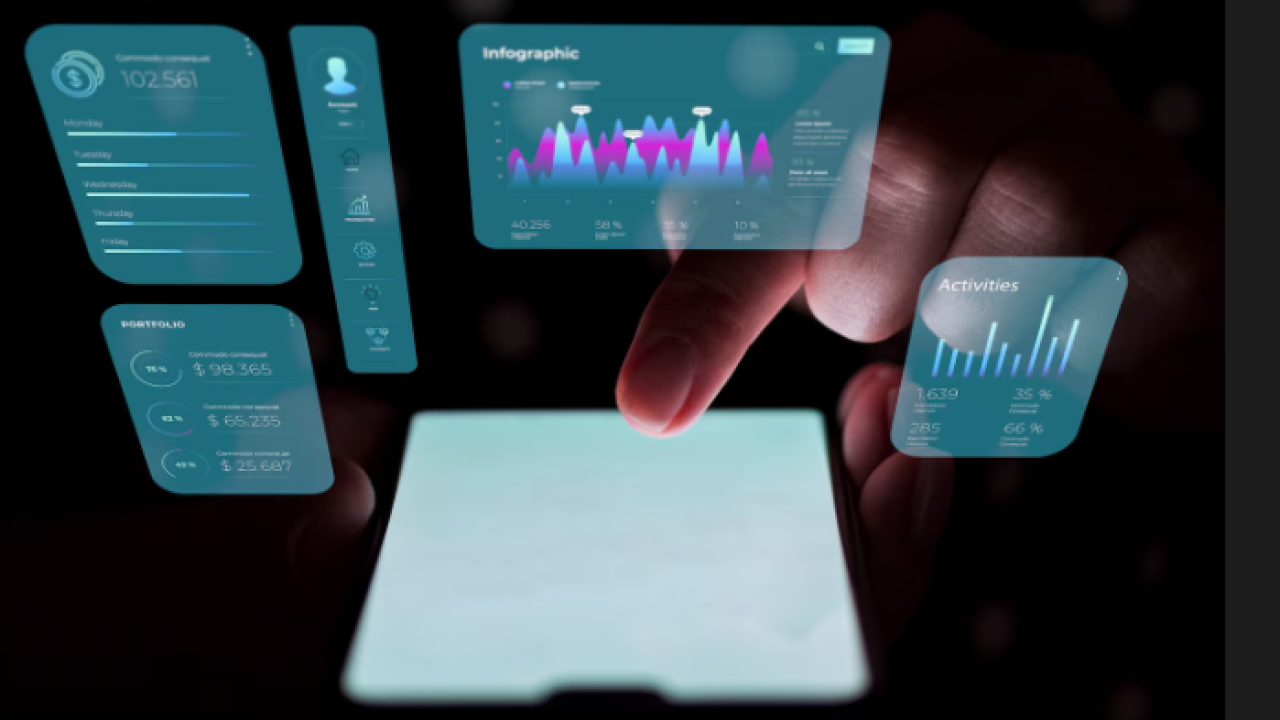
Introduction — How top teams ship modern apps faster with AI
Customers expect intelligent experiences: instant answers, smart automation, and personalized flows. Meanwhile, budgets and timelines are tight. In 2025, the winning approach is simple: build apps with AI by combining no-code speed, low-code flexibility, and API-first AI services—so you can launch a secure, scalable product in days, validate demand, and iterate with data.
This guide delivers a complete, SEO-optimized blueprint: strategy, tooling, architecture, prompts, evaluation, security, pricing, and go-to-market. You’ll also get 10 non-repetitive FAQs and a shareable chart with planning benchmarks.
Launch Your App Today
Ready to launch? Skip the tech stress. Describe, Build, Launch in three simple steps.
BuildExecutive Summary (for fast decision-making)
- Outcome: Ship a production-ready AI app (web or mobile) with auth, data, AI workflows, analytics, and one-click cloud deployment.
- MVP target: 10–21 days; $3k–$20k all-in (tools + infra + usage).
- Method: Start no-code → add low-code where needed → reserve custom code for true differentiators.
- Guardrails: Privacy-by-design, prompt evaluations, observability, and human-in-the-loop (HITL) where risk is high.
What “Build Apps with AI” means in 2025
AI-native apps deliver outcomes, not just screens. The five core value patterns:
- Generate – Proposals, briefs, emails, images, summaries.
- Understand – Classify content, extract fields, moderate.
- Retrieve – Grounded answers with citations from your data (RAG).
- Decide – Score, route, prioritize, recommend next best action.
- Automate – Multi-step workflows across tools (CRM, email, docs).
Focus on one painful job-to-be-done end-to-end before expanding scope.
The Build Stack: Choose your altitude
1) No-Code AI Builder (fastest to value)
- Drag-and-drop UI, auth, DB, analytics, 1-click deploy (AWS/GCP/Vercel).
- Ideal for founders, marketers, and ops teams validating demand this week.
- Great fit with Imagine.bo: plain-English → blueprint, compliance posture (GDPR/SOC2), templates, and expert help when you hit edge cases.
2) Low-Code + AI/Codegen (flexibility with speed)
- Visual builders with code snippets for custom rules, integrations, and webhooks.
- Use when your workflows are unique or you need specialty connectors.
3) Custom Code + AI Frameworks (maximum control)
- Next.js/Node/FastAPI, vector DB, observability, custom workers.
- Use when you need deep IP, strict SLAs, or heavy traffic from day one.
Practical rule: Start at the highest level of abstraction that ships your v1. Drop down a level only where you create durable differentiation.
Step-by-Step: From idea to deployed AI app
Step 1 — Write a sharp product promise
“In 5 minutes, a [target role] can [valuable outcome] by [AI-assisted method].”
Define non-negotiables: accuracy bar, privacy scope, latency budget.
Step 2 — Map one critical workflow
Example (sales proposals): Upload → Extract → Retrieve → Generate → Edit → Approve → Export → Send.
Instrument each step with events and guardrails.
Step 3 — Data & storage plan (keep it lean)
- Operational DB: users, projects, prompts, outputs, feedback.
- Object store: uploads/exports.
- Vector store: add only when you need semantic retrieval (RAG).
- Audit logs: who did what, when.
Step 4 — AI orchestration & prompts (treat as product)
- System (role/guardrails) → Context (facts/snippets) → Task (format) → Examples (few-shot) → Constraints (length/tone/safety).
- Return schema-valid JSON when automating downstream steps.
- Add fallbacks (shorter prompts on timeout; retries with different constraints).
Step 5 — Retrieval-Augmented Generation (when needed)
- Chunk content, embed, and retrieve top-k; keep it shallow at first.
- Cite sources and let users open them quickly to build trust.
Step 6 — Human-in-the-Loop controls
- Review queues for risky outputs (legal, finance, compliance).
- Feedback capture (thumbs, comments, reason codes) that informs next releases.
Step 7 — Security & privacy from day one
- Data minimization, PII masking, encryption in transit/at rest.
- Tenant isolation (B2B), scoped keys, and audit trails.
- GDPR/SOC2 posture; user data export/delete.
Step 8 — Deploy & observe
- One-click deploy to AWS/GCP/Vercel; staging + production.
- Observability: prompt logs, latencies, errors, token usage, cost per feature.
- Daily budgets and alerts to prevent runaway spend.
Step 9 — Price with margins, not vibes
- Free trial with usage caps.
- Pro (throughput, priority, integrations), Business (SSO, SLAs, audit logs).
- Cost model = tokens + storage + bandwidth + support. Target ≥40% gross margin.
Step 10 — Launch, learn, iterate
- 10–50 design partners; weekly releases; public changelog.
- Track activation, time-to-value, acceptance rate, net dollar retention.
Use cases that win with AI (and ship fast)
- Sales & Marketing: proposal generators, account research, campaign briefs.
- Support & Success: ticket triage, answer synthesis, knowledge assistants.
- Ops & Finance: document extraction, reconciliation, policy checks.
- HR & L&D: job descriptions, training summaries, skill pathways.
- Productivity: meeting notes → action items → follow-ups with calendar/CRM.
Why teams pick Imagine.bo to build apps with AI
- Natural language → architecture & screens (no tech skills required).
- Drag-and-drop editor with professional templates and analytics.
- Security posture (GDPR/SOC2 checks) and SEO built in.
- One-click deploy to AWS/GCP/Vercel with auto-scaling.
- Experts on call when you need custom logic or performance tuning.
- Transparent pricing: Beta free until Aug 2025; then from $19/user/month.
Statistics & Planning Benchmarks (2025)
Indicative deltas when building apps with AI vs. traditional custom dev:
- Cost to MVP: ↓ 70–95%
- Time to MVP: ↓ 75–95%
- Team size: ↓ 50–80%
- Iteration cycle: ↓ 60–85%
We prepared a benchmark chart and the underlying dataset you can share with stakeholders:
- Chart image: Download PNG
- Data CSV: Download CSV
10 FAQs (non-repetitive)
1) Can I launch without any coding?
Yes. Start with a no-code AI builder to ship v1 quickly; add code only for unique logic or scale.
2) Do I need a vector database from day one?
Only if you require semantic retrieval or grounded Q&A. Otherwise, keep it simple initially.
3) How do I keep outputs trustworthy?
Ground with retrieval, show citations, validate JSON, and add a review step for high-impact actions.
4) How can I control model costs?
Set token caps, cache frequent calls, reuse prompts, monitor per-feature spend, and enforce org/user quotas.
5) What latency is acceptable for UX?
Aim for <3s on simple tasks and <8–12s for complex generations. Always show progress and allow cancel/retry.
6) How do I evaluate quality?
Use a small labeled set + automated checks, collect user votes, and track acceptance/edit distance and A/B win-rates.
7) How should I price the product?
Tie price to outcomes (documents produced, tasks resolved). Offer tiers by throughput, collaboration, and enterprise needs (SSO, SLAs).
8) Is compliance manageable for small teams?
Yes—use platforms with GDPR/SOC2 posture, keep detailed audit logs, and minimize the data you process.
9) Can I start on web and add mobile later?
Absolutely. Keep your API layer stable so you can wrap native apps when PMF is clear.
10) When do I outgrow no-code?
When the platform limits block performance, security, or unique features that define your moat—then graduate parts of the stack to low-code or custom code.
Conclusion — Build smarter, not slower
To build apps with AI that users love, start at the highest abstraction that lets you ship: no-code for speed, low-code for control, custom code for IP. Bake in privacy, evaluations, and analytics from day one. Iterate weekly with real user feedback, and price for healthy margins.
Launch Your App Today
Ready to launch? Skip the tech stress. Describe, Build, Launch in three simple steps.
Build




